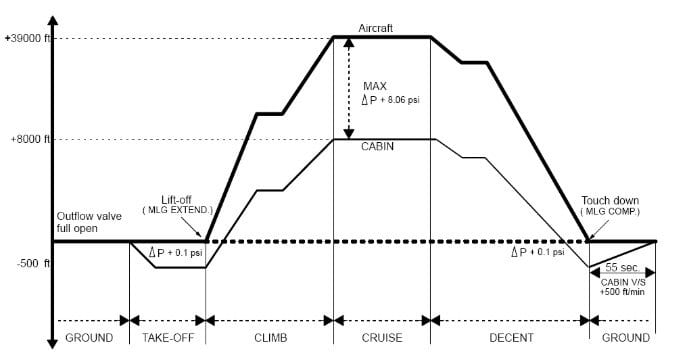LittleInch
Petroleum
Seems the plane, an A321, was only 200ft off the ground so I can only assume the inside air pressure was the same as outside as normally everyone says you can't open the door in flight??
So no one would be "sucked out", but isn't there some way to prevent this?
Remember - More details = better answers
Also: If you get a response it's polite to respond to it.

